Are Your Solar Panels Facing The Wrong Direction?
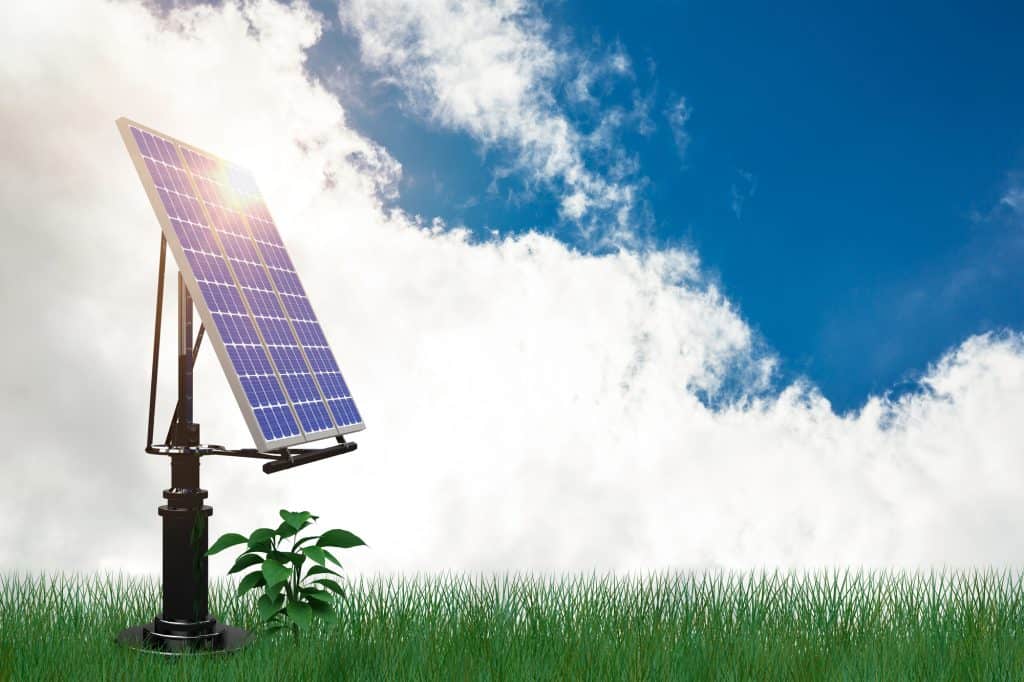
Whether it’s reducing your carbon footprint, the convenience of generating your energy, or return on investment; at some point in time, you might have wondered – should I install solar panels? You wouldn’t be alone. As of 2019, there were two million solar installations in the U.S. with a joint capacity of a staggering 70 gigawatts.
Are all these people making money on their solar installations or at least reducing their electric bills?
The typical solar payback period in the U.S. is close to 7.4 years, followed by ongoing average annual savings of approximately $2,500, which isn’t too bad. Of course, this figure is not guaranteed automatically.
In this post, we will explore the factors influencing your solar panel yield, so that you can go into installing solar panels with as much knowledge as possible.
Benefits of Solar Power
Let’s start at the top. Why should you be interested in generating your own energy via your own solar panel?
 | Clean, renewable energy - As you probably know, by powering your house with solar energy, you will reduce your dependence on fossil fuel electricity and reduce your carbon footprint. This is very important as fossil fuels emit harmful greenhouse gases that are the primary cause of air pollution and global climate change. Being able to breathe clean air, drinking unpolluted water and diverse ecosystems are key to everyone's healthy living. |
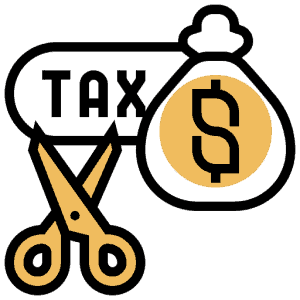 | Tax credits and rebates - Precisely for the reason above, the U.S. government encourages homeowners to invest in a solar panel through various incentives and bonuses. To start, you will get 30 percent of total system installation costs back as a federal income tax credit when you file your taxes. There are various additional local incentives and rebates available to you, making the solar panel option even more attractive. |
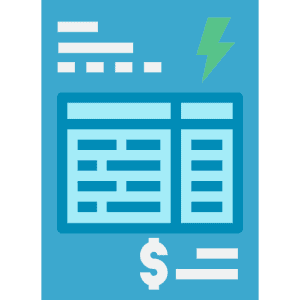 | Reduced electricity bills - Since your solar panel will cover some or all of your energy needs, your consumption of the electricity from the grid will go down, reducing your energy bills. This can be particularly attractive if you live in a U.S. state with very high average electricity rates, such as Hawaii or Massachusetts. What's more, you will not only be able to reduce your costs but potentially also receive payments for the surplus energy that you export back to the grid (through Feed-In Tariffs). |
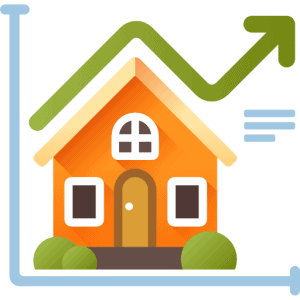 | Increased property value - The added benefit of this investment is that your property value will increase after the solar panels are installed. According to one analysis, a solar panel will add an average of 4.1% to your home's value across the U.S. - that's a boost of $9,274 on a $226,300 home. |
To find out more about the benefits and considerations of installing a solar panel, have a look at the Bright Side Of Going Solar article.
Should You Install Solar Panels?
Every solar company will tell you that you will end up saving thousands of dollars by installing your solar panels. They make it sound so easy! The truth is that going solar is a great long-term decision and can bring you sizable financial benefits (not to forget the environmental benefits of reducing your reliance on fossil fuels that we mention above).
However!
How much savings will your panel generate for you and how fast will you get your investment back will depend on a number of factors – the panel itself, the electricity rate and payment structure you are currently on and whether you use the numerous rebates & tax breaks available to you for completing your solar project.
Let’s analyze together one of the major factors that impacts the yield of your solar panels – the direction you will make them face.
What Direction Should Solar Panels Face?
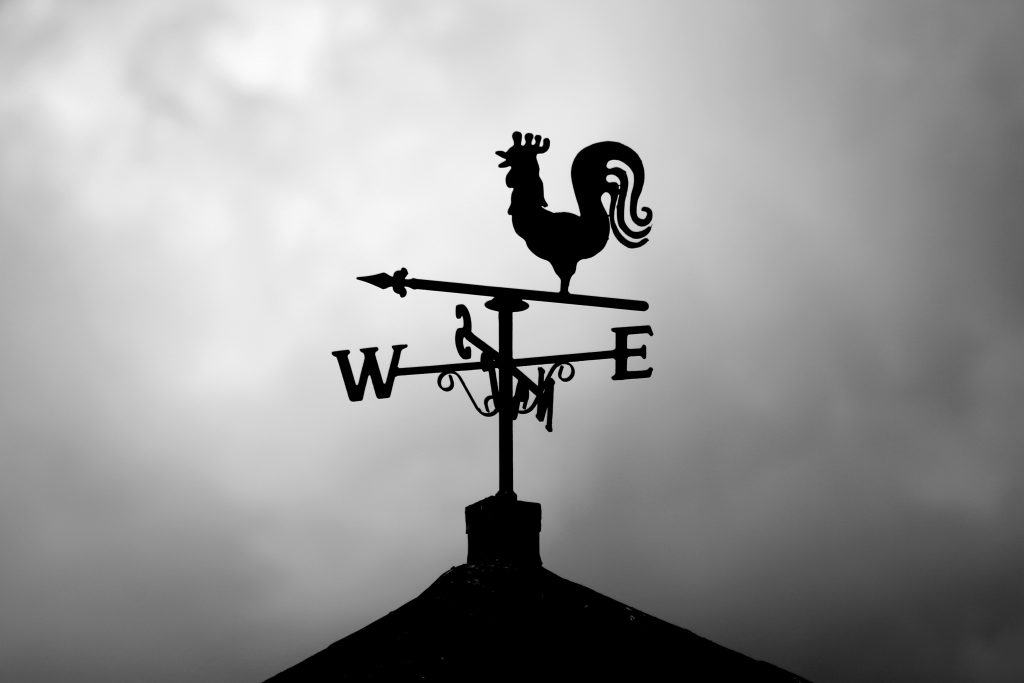
In order to maximize the output of your solar panel, you want to ensure that it’s exposed to the highest intensity of sunlight for the greatest period of time. The advice that you will get most often is to position your solar panels to be south-facing. Why?
If you live in the Northern Hemisphere (and as a resident in the U.S. you are), the sun is in the southern part of the sky for the most part of the day. This means that your south-facing panels will receive the highest amount of sunlight, maximizing your energy output.
However! That does not necessarily mean that south-facing panels will yield the best financial results from your investment. If you have a time-of-use (TOU) electricity rate structure (more on that later), then west-facing panels might make more sense. Let’s explore this in more detail.
Time of Use Payment Structure
The best direction for your solar panel will depend on whether your system is currently under a time of use (TOU) payment structure. This structure is fairly common across the U.S. and in essence, it means that you pay your utility company more per kWh of electricity used at peak hours.
What are the peak hours? They are the times when people most need and use electricity during the day, putting a lot of pressure on the national electric grid. Think of a late afternoon (approximately 5 – 7 pm) – that’s when everyone comes back from work or school and starts using electricity – to cook a meal, watch TV, play music or turn on an AC after.
To avoid the undesired strain on the electric grid, certain utility companies have TOU tariffs to incentivize energy consumption during the off-peak hours (for example when everyone else is at work) and making it more expensive during the peak hours. But what does that have to do with the direction of your solar panel? Let’s find out.
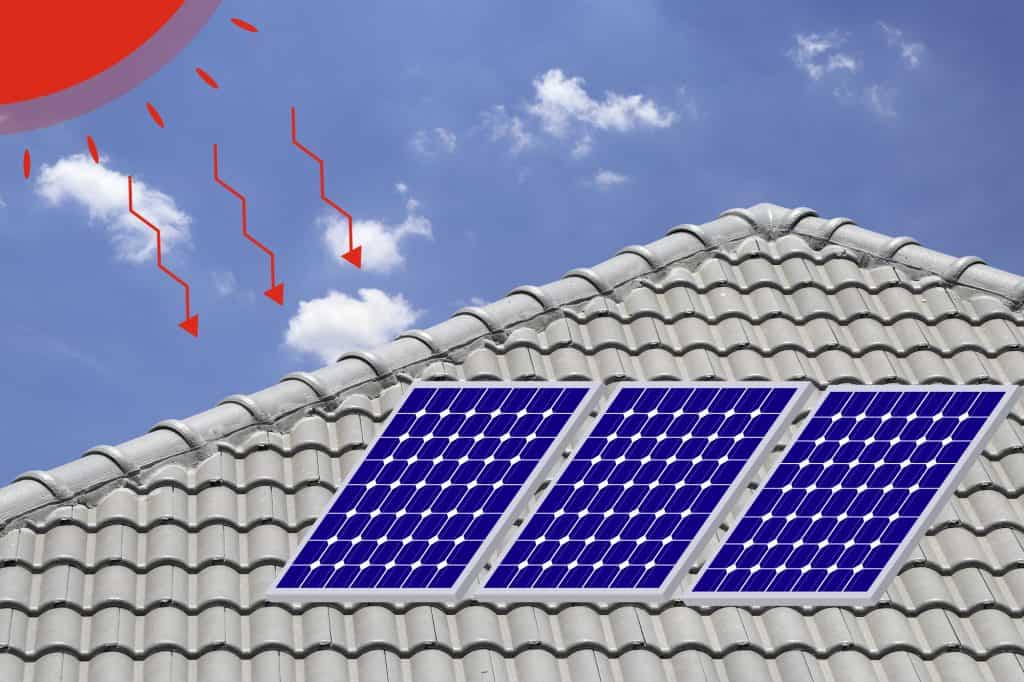
Should Your Solar Panels Be Facing South?
To maximize the total amount of energy produced by your rooftop solar panels, you should have them positioned towards the south. This direction will expose your solar panels to as much light as possible and will optimize their energy production. If you are currently paying a fixed-rate for a kilowatt-hour of electricity (no matter what time of the day you consume it), south-facing panels are the right choice for you, because you are interested in reducing your average electricity consumption from the grid.
An interesting fact to note – south does not always mean south. When using a compass, it will show you the Earth’s south magnetic pole (magnetic south). Solar panels, however, need to face the solar south (true south). The general direction is right—but not exact. To find the true south, you can look up your house on Google Eart, and select the “Grid” view to see the north-south grid lines.
Should Your Solar Panels Be Facing West?
If you are currently on the Time of Use payment structure with your electric supplier, you might want to consider a different approach to maximize your return on a solar panel. Your goal is not to reduce your average electricity consumption from the grid, but rather to reduce it during peak times. Therefore, west-facing panels might make more sense. Why?
The late-afternoon hours, when we use the most electricity in our homes are coincidentally also the times when the sun is heading towards the western horizon to set. West-facing solar panels will be able to capture the maximum sunlight during these critical peak hours, reducing the reliance on the electric grid.
One study estimated that west-facing rooftop solar panels produced 49 percent more electricity during peak demand compared to south-facing panels. It means that you could nearly halve your energy consumption in the times when electricity is the most expensive for you.
Of course, every utility company has different peak times, but they almost always correlate to when most of the customers use large amounts of energy – which is usually in the late afternoon, after returning from work.
What’s The Best Direction For Your Solar Panel?
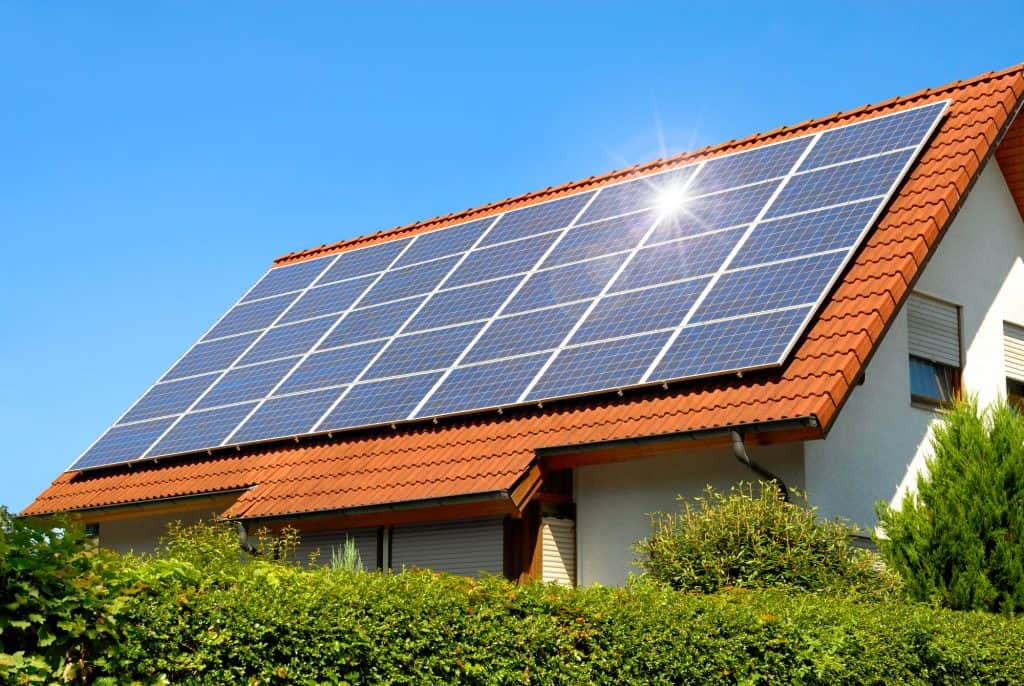
So to recap – if you are currently on a standard fixed-rate contract, you want to maximize your average energy generation -which means that the best direction for your solar panel is south.
If you are on a time-of-use payment structure, you want to maximize your energy generation in the times when electricity is the most expensive – which means that the best direction for your solar panel is west.
You might be asking – but what if I already have the panels installed and they face the wrong direction? In that case, you might want to explore whether shopping around for a different electricity plan or payment structure might not yield more benefits. The best thing to do is to enter your zip code and shop around your area for competitive electricity rates offered by different suppliers – and pick one that best suits your solar panel condition.
Another option for you to consider, if you are unable to face your solar panels in the desired direction is to compensate by increasing the solar panel area, either using more panels or larger collectors.
What’s The Best Angle For Solar Panels?
Though not as important as the direction that your panels face, the angle is another factor to consider. A rule of thumb is that a rooftop solar panel system should be at an angle that is equal to the latitude where it is installed.
In other words, the closer the location to the equator, the more your solar panels should be pointing straight up. The closer to the poles, the more they should tilt towards the equator.
The science behind the solar power angle can boil down to this simple fact – you really want the sunlight to hit your solar panels at a perpendicular angle, which produces the most energy.
If you don’t want to navigate the complexity involved in deciding the best direction and angle of your panels alone, you don’t have to. The technology giant Google has launched Project Sunroof which helps homeowners to identify the best position for their solar panels, by analyzing data from Maps and Earth to generate 3D models of the total amount of sunlight that reaches your roof. All you need to do is enter your zip code and let the world’s greatest search engine answer your questions.
The ‘Own’ Versus ‘Share’ Dilemma
The American households that rent, live in multi-tenant buildings, or have roofs that face the wrong direction for a panel have another option to reap the financial benefits of a solar installation – community solar. Community solar projects give subscribers access to electricity from a shared solar installation in a form of energy bill credits.
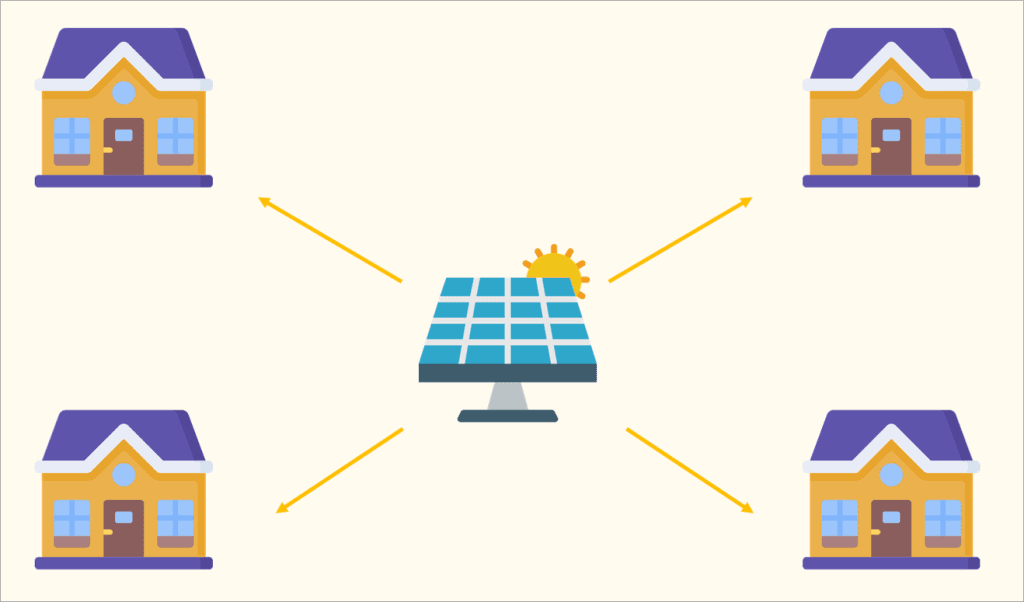
In 2019 only, 2,056 megawatts of community solar projects were installed and there are currently 40 states with at least one community solar project online.
The way the community solar works in practice is that after you research and sign up for a community solar program, you will pay a monthly fee (usually lower than your electricity bill) and solar bill credits will then be applied to your bill, effectively bringing it down to zero.
This option is a great alternative to lower your electricity bills, support a solar generation in your community without the hassle of installing panels yourself. There are usually no sign up fees and most of the projects offer financial benefits right away.
As with a regular electric rate, you should shop around for community solar to ensure you get a great deal. Many electric providers offer community solar options and you can compare the deals easily online by entering your zip code.
FAQs
Do Solar Panels Need To Be South Facing?
If you live in the northern hemisphere, your solar panels that face the south will produce the most energy on average during the day, but that does not necessarily mean that this direction will maximize your financial returns. If you are currently on a time-of-use electricity payment structure (you pay more for a unit of electricity when the overall energy usage goes up), you might be better off by installing west-facing solar panels. West-facing solar panels will be able to maximize energy production during these critical peak hours, reducing the reliance on the electric grid.
Should Solar Panels Face South Or West?
If you are paying a fixed electricity rate to your supplier, you should be interested in reducing your average energy reliance on the grid. By installing solar panels that are facing south, you will maximize the total energy production, optimizing your energy savings. If, however, you are currently on a time-of-use tariff (paying more for electricity when it’s more expensive and less when it’s cheaper), you want to maximize the generated solar power in the high-cost electricity times. Your best bet is to make your solar panels face west – that is the direction where they will be able to capture the maximum sunlight during these critical peak hours, reducing the reliance on the electric grid.
Can I Switch Electric Suppliers If I Installed Solar Panels?
Of course, you can. Many suppliers in the competitive energy market will offer additional bonuses for being able to harness solar power generated from your panels. For example, all energy suppliers with over 250,000 customers must be part of the Feed-in Tariff scheme, offering bill credits in exchange for excess solar energy that you generate and feed into the grid. If you are interested to find out, what’s on offer in your area, all you need to do is enter your zip code.
Where Is The Best Place To Put Solar Panels?
Your solar panels should be placed in a location where they get exposed to the maximum amount of sunlight. The optimal location is, of course, your rooftop, but they can also be placed on the ground or over your parking lot. The size, angle, and direction that your solar panels face will play a key role in determining your investment pay-back period, so you should do your research before.
Updated on




Add Comment
You must be logged in to post a comment.